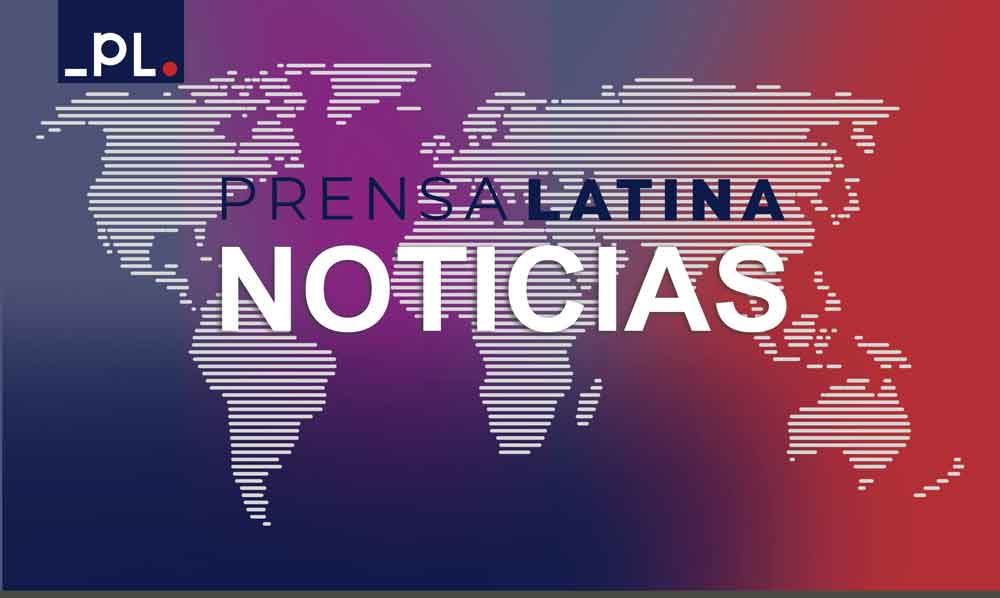Although global awareness of the environment and fossil fuels has currently increased, progress in interacting with nature, consuming its resources and processing waste is few and slow.
This context worsens climatic conditions and impacts the most vulnerable, especially when seven years remain to meet the deadline set by the 2030 Agenda.
The United Nations estimates that by 2023, three-quarters of our planet's terrestrial ecosystem and about 66 percent of the marine environment will have been significantly altered by human activity.
On the other hand, more than a third of the world's surface and almost 75 percent of freshwater resources are dedicated to agricultural or livestock production.
According to the United Nations, between 100 and 300 million people are at increased risk of floods and hurricanes due to loss of coastal habitats.
However, some positive experiences confirm that vulnerable communities are improving their recovery and climate adaptation efforts through initiatives such as Early Warning for All.
Other areas, such as technology, have seen a boost in the seven years since the 2030 Agenda, but digital gaps and inequalities are more pronounced than ever.
More than two-thirds of the world's population uses the Internet and in 2022, 8.63 billion people used mobile phones.
In less developed countries, this period marked a significant increase in the number of people with internet access: 36 percent of the population, up from seven percent in 2015.
In high-income countries, 92 percent of the population is now connected, and in middle-income countries the figure is even 79 percent.
Education, on the other hand, faces different challenges following the impact of Covid-19, which affected almost 1.5 billion children and young people worldwide due to school closures.
In 2023, the United Nations estimates that 250 million children will still be out of school; 64 million people of primary school age are not in school; and almost half of all refugee children in the world also have no access to education.
At the same time, 763 million of the world's adult population are illiterate.
The organization predicts that almost 84 million children and young people will remain out of education by 2030.
Other post-pandemic challenges included lost wages, job insecurity and a growing cost of living crisis.
Global companies estimate that the global unemployment rate has fallen slightly to 5.8 percent but remains affected.
In 2021, 125 million full-time jobs were lost due to Covid-19, disproportionately affecting women and young people.
Last year, more than two billion workers worldwide were employed in the informal sector without social protection, which the United Nations says requires adequate responses.
Further immediate action calls for an end to unsustainable consumption and production, which contribute to the decline in biodiversity and the health of marine, terrestrial and freshwater ecosystems.
Launched in 2015, the 2030 Agenda set out a 15-year plan to achieve 17 interrelated goals, called the Sustainable Development Goals, and change their direction.
These are part of national action plans focused on striving for a better world.
The agenda already includes outcomes such as building resilient cities, reducing inequalities, adopting climate action and creating solid alliances between the public and private sectors.
But rather than celebrating, the half-time results confirm the urgent need to pick up the pace.
jha/ebr

